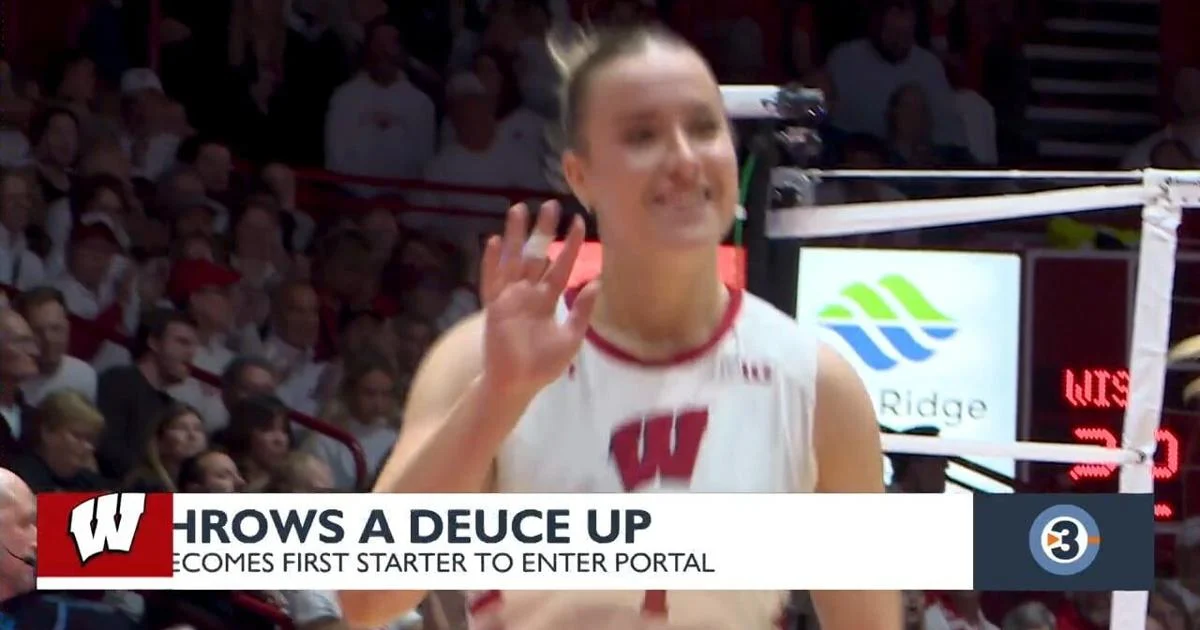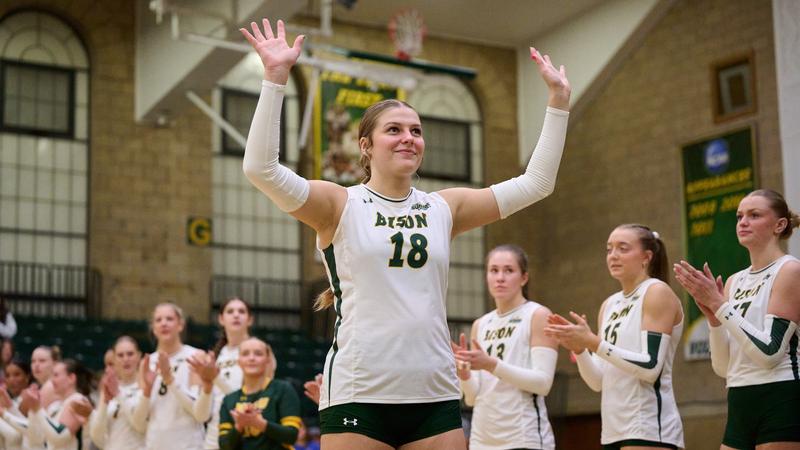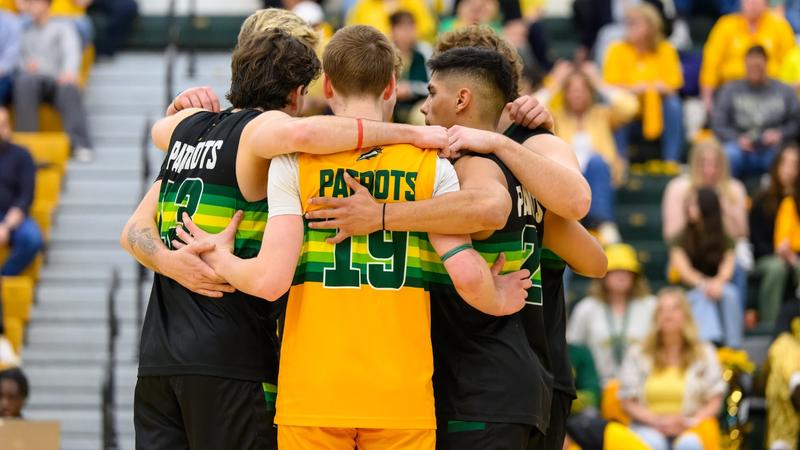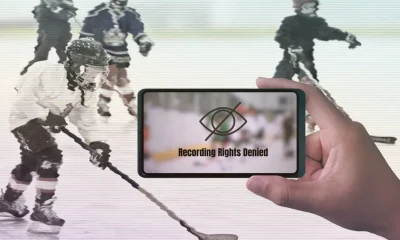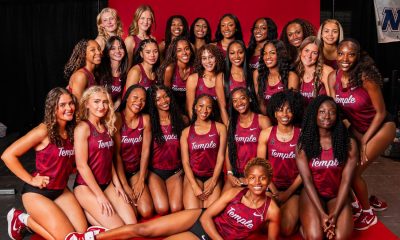MADISON, Wis. — In a surprising move on the volleyball court, Una Vajagic has announced that she is entering the transfer portal. This news is a stunner for Badger fans, as the sophomore ranked second on the team in kills and becomes the first Badger starter to leave since their national semifinal run.
Vajagic was expected to take on a larger role next season with the graduation of Mimi Colyer and Carter Booth. However, head coach Kelly Sheffield is already taking steps to replenish the roster, bringing in Florida’s Jaela Auguste, a Middle Blocker, and Eva Travis, an Outside Hitter from UC-Santa Barbara.
Looking ahead, there is promising news for Wisconsin volleyball. According to PrepDig, Wisconsin boasts the #1 recruiting class in the nation, incoming in 2026. This signals a bright future for the program despite the unexpected departure of Vajagic.
COPYRIGHT 2025 BY CHANNEL 3000. ALL RIGHTS RESERVED. THIS MATERIAL MAY NOT BE PUBLISHED, BROADCAST, REWRITTEN OR REDISTRIBUTED.

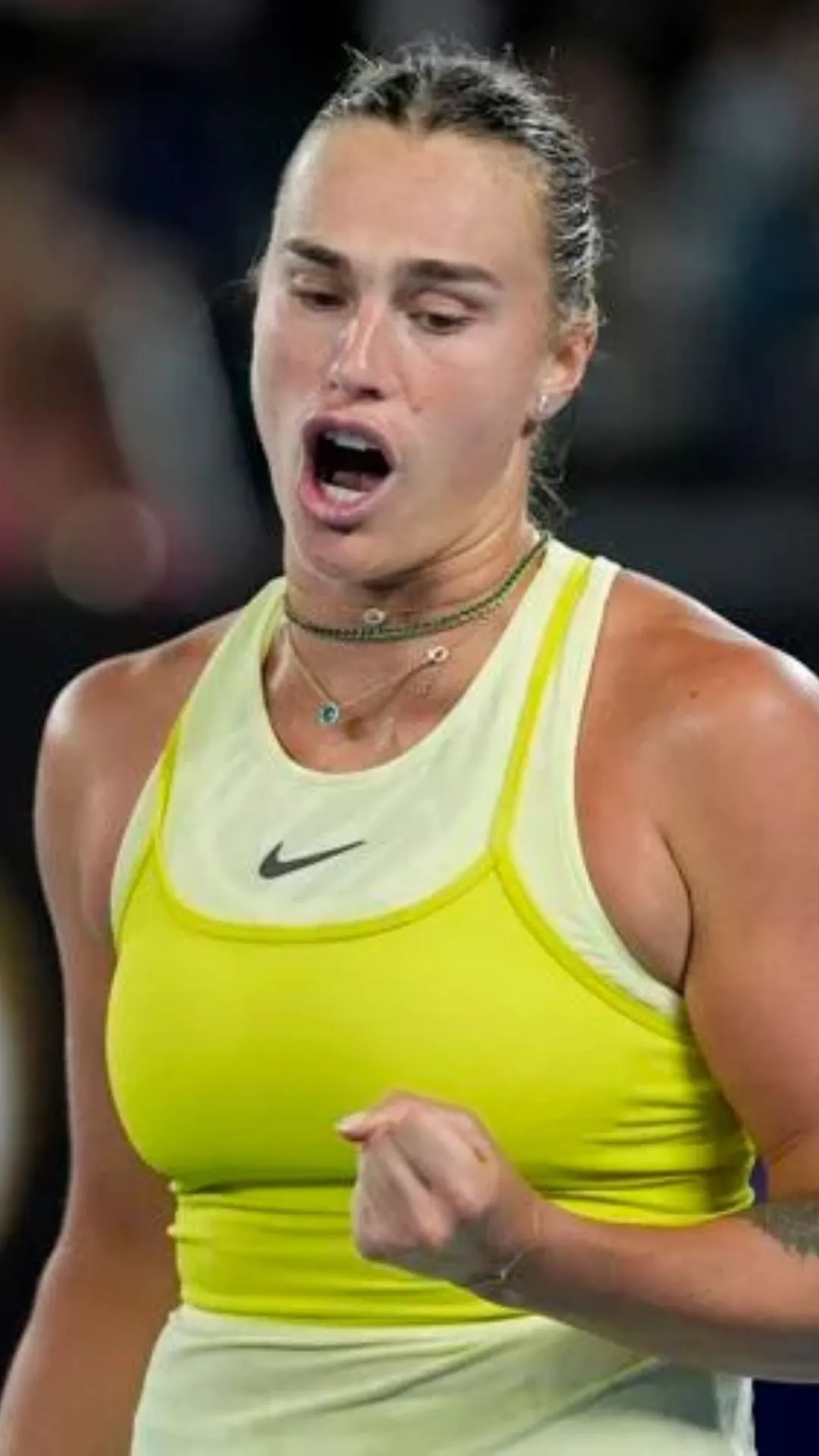
/sportsinfo/media/media_files/2025/01/23/CDSrVtl3CrWeAM7seRAu.jpg)



